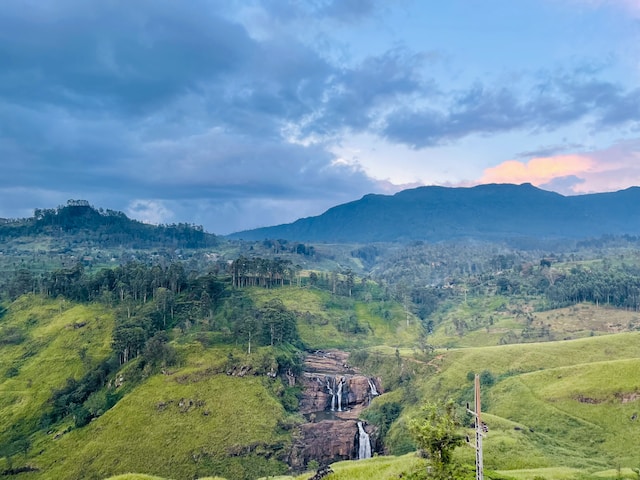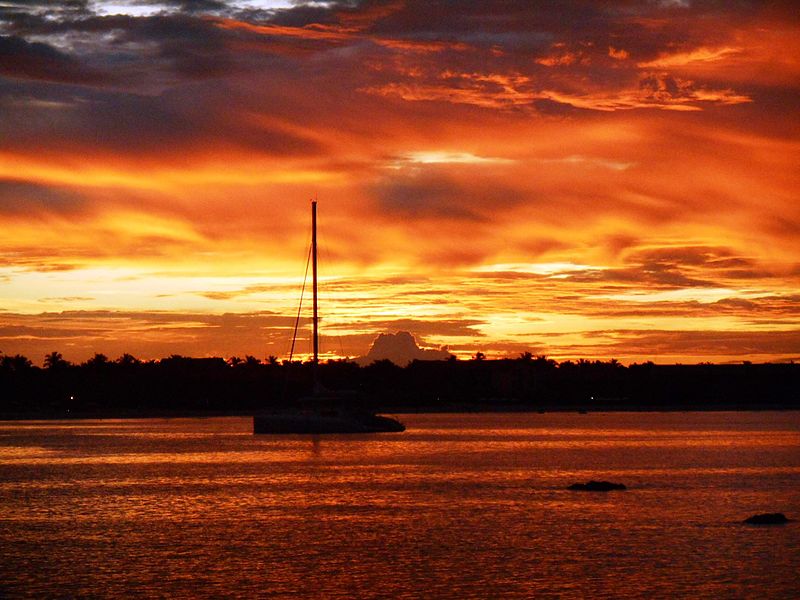Ever since the flowering of mankind on this planet, humans have walked all over the earth, launched on expeditions across the oceans to explore distant lands, have had the interest & drive to explore every corner of the globe & tried to discover fascinating attractions even going to the extent of the exploration of the Polar Ice Caps & the Marine Trenches.
Having explored almost all the accessible places of interest which have been discovered & documented in almost every part and continent of the world, there still remains some of which are yet obscure, uncommon & unfamiliar. The unusual, exceptional & inaccessible destinations of Sri Lanka are yet to be discovered, explored & unraveled. Some of the intriguing places of interest which have been found so far and the activities related to their exploration are set out below for the discerning traveler to consider probing, discovering, seeking thrills and having fun & excitement in a voyage of joy.
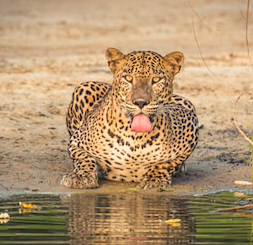
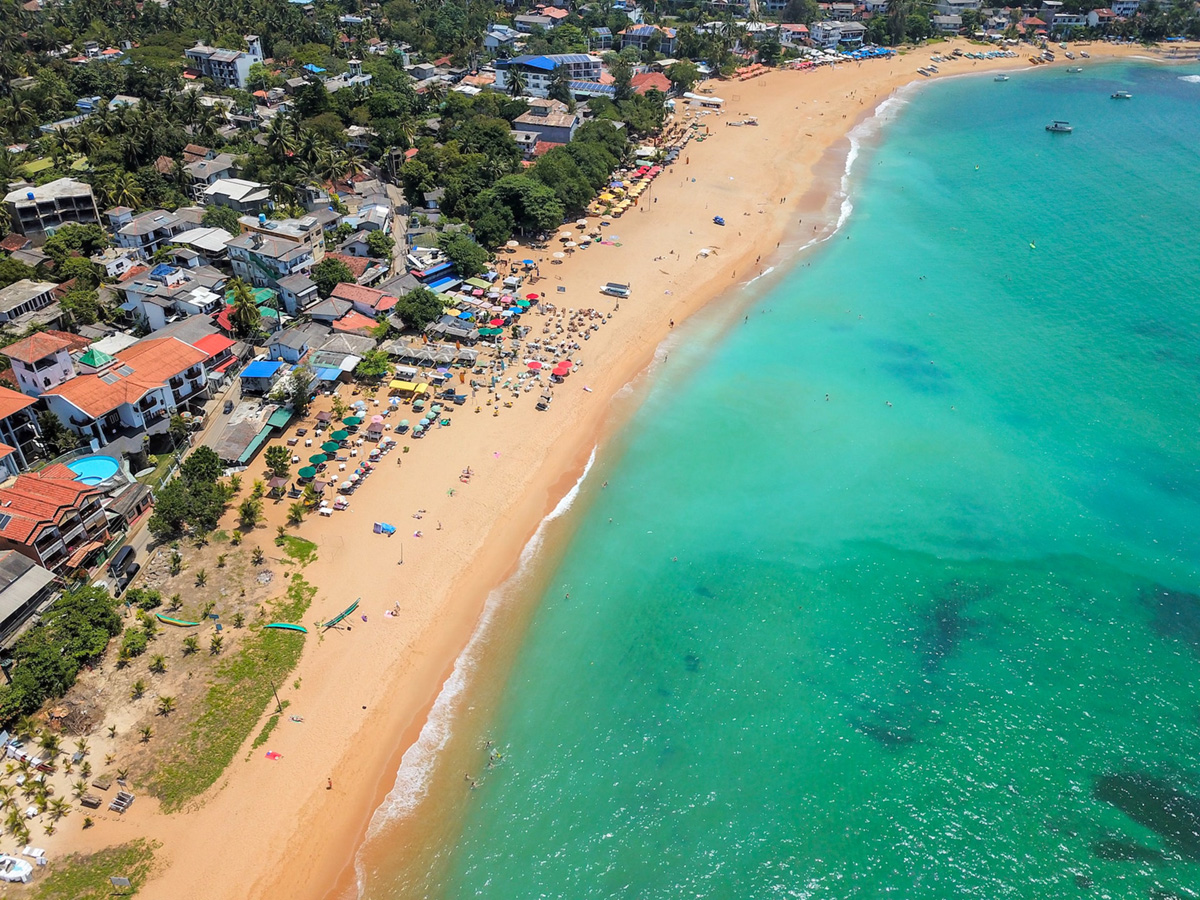
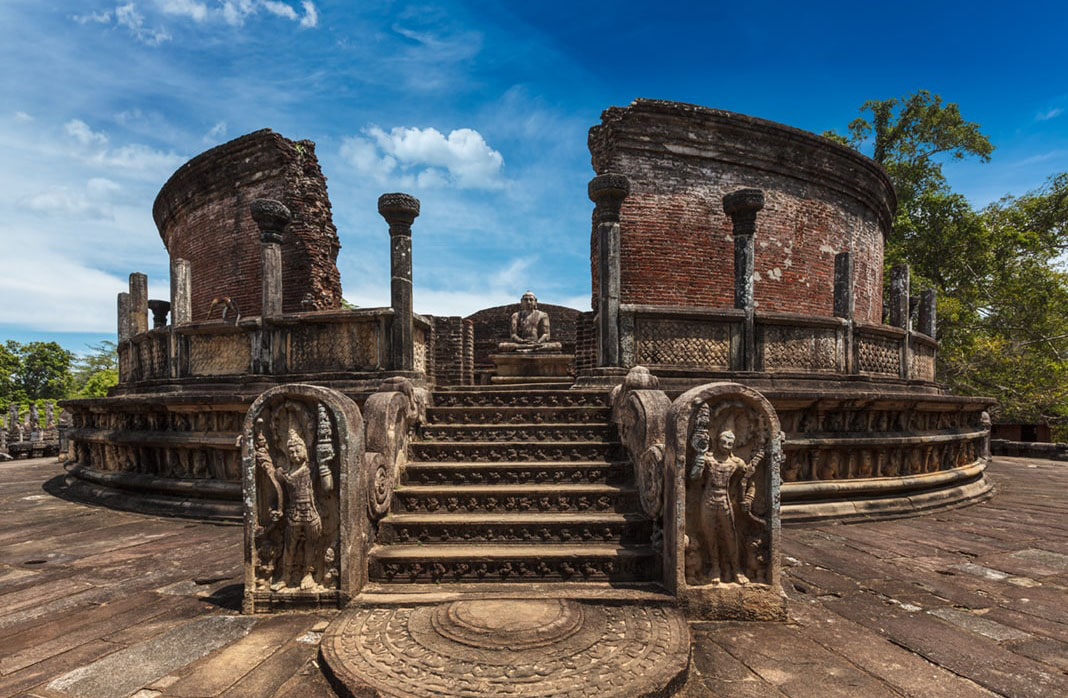
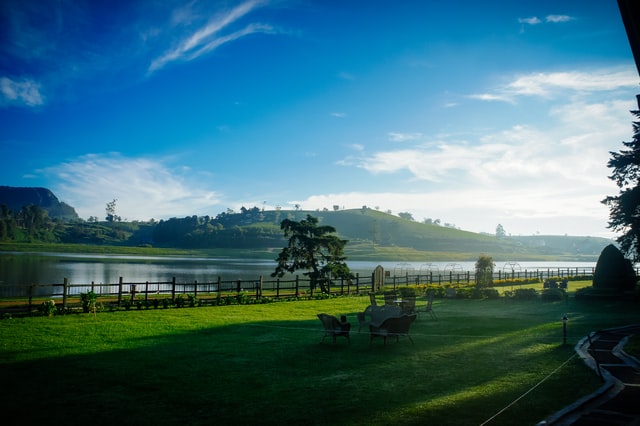
Safari convoys to probe & spot rare species of wild animals is a popular activity in this land of plenty and adored by our previous customers. As new wilderness areas get cleared and opened, new landscapes into thick jungles are made available for exploration. So we keep upgrading our tour packages to include new & emerging destinations in order to enable our clients to be excited, happy & delighted about where they go, what they 'see' & enjoy. This way, we keep learning from what our clients would 'discover' on their journeys into the wild country of suspense.
The following are some of the most intriguing destinations that we have selected for one to explore on a planned tour of the pearl of the ocean.

PROTECTED JEEP SAFARI TO RARE & UNREAL NEW LOCATIONS
The safest way to observe wildlife in the wilderness, is in a protected Jeep Safari teamed with a convoy. Certainly a good choice, as Uda Walawe National Park is pretty non-touristic, unusual & it is a cut above the well traversed Yala or Wilpattu Wildlife National Parks.
Be amidst the over 34 endemic bird species out of approximately over 520 flying in the country at any time, with over 480 species migrating & wintering in the southern estuaries, coming from Australasia, Malaysia, Indonesia, India, Asia & Africa ;
Over 126 species of Sri Lankan mammals, while no other island of comparable size in the world is as diverse. In addition, about 20%, that is, over 22 of this diversity, is endemic to the country making it an interesting biogeographic laboratory. The reptilian diversity in Sri Lanka is higher than the diversity of other vertebrates such as mammals and fish with 181 reptile species. 36 reptile species are identified in Southern and Eastern parts of the Sinharaja forest and 19 species of them are endemic to Sri Lanka. The amphibian fauna of Sri Lanka comprises 120 species, including 107 (~90.0%) endemic species. (Source: Oxford University, UK)
There are plenty of Elephant herds in this remote obscure park. In order to enable the survival of orphaned elephants, an Elephant Transit Home has been established here to feed & care for those who once starved without sufficient greens to eat in the wilderness.
There are more chances of spotting the wild leopards in this park than the other Parks, because it’s out of the way from the roads & highways of the geographical area that most tour itineraries are scheduled & conducted. This is the reason why this Park is not too crowded, which implies that it is more suitable for spotting wildlife roaming the wild.

EXPLORE A TROPICAL RAINFOREST RESERVE – A UNESCO World Heritage Site
The only one of its kind in the geophysical area of the south Indian Peninsula & this island nation, in this region taken as a discrete part of the world. The closest other Rainforest is the Taman Negara in the Malaysian Peninsula across the ocean. The Sinharaja Rain Forest Reserve supports & sustains an abundance of creatures from reptiles like lizards & turtles, mammals like deer & buffalo, amphibians like Salamander & Iguana & birds like Myna, Sea Gulls, Flamingo, Parrot, Pigeon, pheasant & ducks to aquatic beings like fish & squid in addition to numerous varieties of tropical vegetation. It is an enchanting sanctuary to be with nature & ‘listen’ to the natural environment swarming with life as we know it. Though there are numerous other life forms which we look at, but fail to ‘see’, they are part of this wonderful biosphere. An absolutely absorbing experience to find out for one, the numerous intricacies of the instincts of nature is all here in its magnificence.

It is the oldest known National Park in the world. Older than the names that we use to describe it, it is a natural forest where animals thrive for its conditions such as edible vegetation, tropical & dry weather with an abundance of estuaries enabling many life forms to exist side by side in this dense forest of large trees, plants, herbs, water bodies & vines. It is preferable to be silent in this kind of environment, stop talking & begin to listen to the sounds of nature. As the sounds we make are likely to disturb the wild animals, they can hide or simply disappear when they get perturbed.
Lions, tigers, cheetahs & leopards had once lived here. However, due to the phenomenon of the extinction of species, only the leopards have survived as revealed in the survivor series. One would feel fortunate to spot a leopard & it can happen at the spur of the moment, in a flash, unpredictably, spontaneously. Herds of Peacocks, monkeys & Elephants somehow seem to thrive as they appear on the scene as soon as one enters the park. Others materialize sooner or later as one goes deeper into the forest. The sound of the peacocks somehow seem to be working as an alarm giving the message to others to move away from where they are to run deeper into the wilderness as one drives in all the glory of being protected & equipped safe in a vehicle.
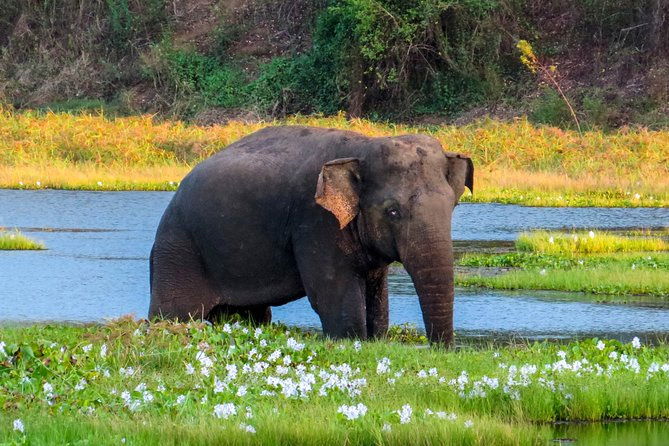
Wasgamuwa National Park is a recently accessed natural forest in the wilderness of Sri Lanka situated in the North Central part of the Pearl of the Orient in the Matale and Polonnaruwa Districts. It was declared as a National Park in order to protect and to make a refuge for the displaced wild animals during the Mahaweli Hydro Power & Agriculture Development Project in the vicinity in 1984 and is one of the four National Parks designated under the Project.
It is a wilderness in the interior part of the Central and North Central provinces adjoining the north-western part of the Gal-Oya National Park, so it is full of lush greenery suitable for all kinds of wildlife.
Elephants like this place as it is packed with estuaries where they hang out for the moisture drinking and playing with the water and the sinking mud. Wasgamuwa is derived from Walass gamuwa meaning Bear Wood, so there are plenty of sloth bears in the park.

Set in the heart of the popular cultural triangle of Sri Lanka, Minneriya National Park is mostly known for its incredible elephant migration, which is one of Asia’s finest wildlife experiences as the giants tread between Kaudulla N.P., Wasgamuwa N. P. & Minneriya N. P.. This happens during the drier months of June to September, as many as 300 elephants congregate here, the biggest gathering of the gentle giants outside Africa, in the Minneriya National Park around the ancient Minneriya water tank (which dates back to 3rd Century AD), taking advantage of the receding waters that provide an important water source for their numerous needs of the essential moisture.
As it is so close to some of the other cultural attractions of Sri Lanka, it can be a great alternative to Yala and some of the other parks in the south and west of the Island.

It is located in the south east of the Island, besides the Bundala Bird Sanctuary and the Yala National Park, the oldest known National Park in the world. Kumana National Park is an Internationally important wintering ground for migratory water birds in Sri Lanka. Kumana harbors more than 197 species of birds including migrating greater Flamingo, which migrate in large flocks to take a well deserved break from flying across long distances of the seas, bays and the Indian Ocean. Kumana N.P. is an amazing maze of lakes, estuaries, lagoons, ponds, dunes & waterways which attract birds on inter-continental flights. During sunrise & sunset these wetland waters glitter almost like gold which attracts photographers & travelers. It is home for the insignificant little bee-eaters to grotesque open-billed storks. Birds come all the way from Siberia & Mongolia and India to winter here in this Park. It is also home for civets, giant squirrels and plenty of crocodiles. Marine turtles including ‘olive ridley’, ‘green leatherback’ & ‘loggerhead’ lay their eggs on the coast of Kumana. Many big mammals such as hippopotamus, wild buffalo & elephants live side by side with the two legged ones.
